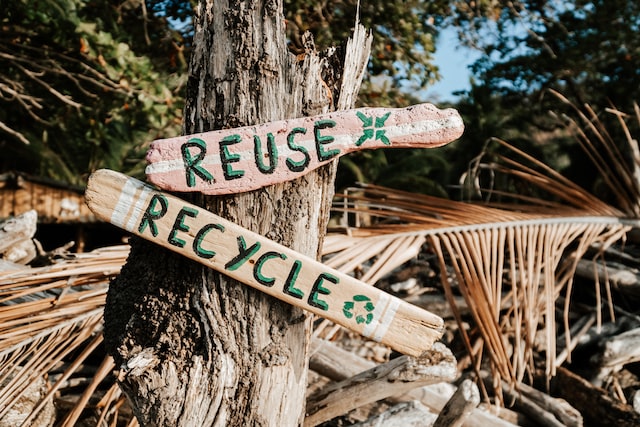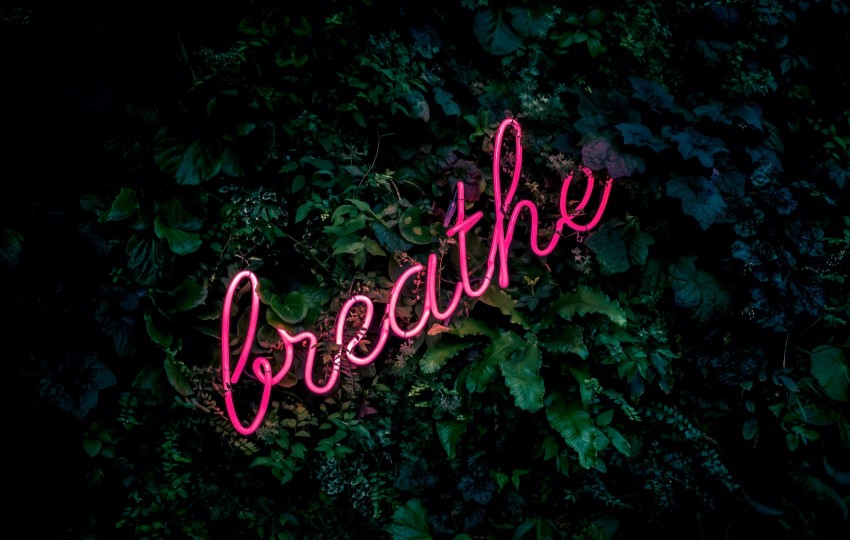The world is changing, but not always in a positive way. One such example of not-so-positive changes is the various environmental challenges the world is facing. Yes, you’ve heard it right. When it comes to the environment, we are all in this together because, one way or the other, environmental destruction and its consequences will catch up with everyone. That’s the reason the world needs collective action and not only at the state level but also as individuals.
We can do so many things differently in our daily lives to help the environment. And this has to start early in life to become a habit rather than forced behaviour. This was the prime purpose of creating the “Pathway for behavioural changes and environmental challenges” report (you can download it here) together with our partners in the “Green Factor” EU project. With this report, we wanted to boost behavioural change among young people and identify our partners’ main green challenges in each country.
This article gives you some of the best tips we have included in our Green Factor report. It focuses on what you can do at an individual level to have a positive environmental impact and inspire others to follow your example. Here is a list of practical ways you employ in your daily life to be more sustainable. Let’s dive in.
What It Means to Live Sustainably
To live sustainably means embracing a lifestyle that minimizes the environmental impact and puts forward a proactive approach to resource preservation and regeneration. Earth’s resources are not limitless; if we continue extracting and consuming them as we do now, there will not be enough for future generations. That’s why we need to become more conscious of waste management, recycling, environmentally friendly products, energy conservation etc. There are so many ways someone can lead a more sustainable lifestyle. It is important to note that even small changes like switching to LED bulbs or commuting with public transport count towards the ultimate goal of becoming truly sustainable.
10 Easy Ways You Can Follow to Become Sustainable
Reduce Shopping to the Absolute Minimum
Reduce, reuse, and recycle are the triptych of waste management. Reducing the number of things we buy limits the waste in landfills and saves resources. We know it’s hard to resist the urge to buy things living in a consumerist society filled to the brim with advertisements. However, buying only the necessary things (yes, that means not buying the new iPhone every year) will be good for the environment and your pocket too, as you will see your savings soaring in no time.
Support Your Local Stores
With the ongoing digital transformation, nearly all brands and shops have a digital store to sell their goods on the web. Buying through the internet is convenient and many times cheaper too. However, buying goods this way is not sustainable. For example, buying shoes online from a digital warehouse located in another country or even a city from you means some kind of transportation will be involved. This will lead to traffic congestion, pollution, and using natural resources. Therefore, before buying your shoes online, you should check your local store first.
Use Reusable Glasses and Bottles

Single-use plastic bottles, cups or straws used to be the norm in any coffee shop, office, or home. That meant they would end up in the trash bin and eventually the landfill after each use. However, in the last couple of years, more and more people have been using reusable cups or replacing plastic straws with paper or metallic ones. Just visualize the amount of trash generated if you bought your coffee in a single-use plastic cup daily for a year. And that would be only from an item. Add a plastic bottle daily to the mix, making it scary to even think about it. So, next time you want a drink, you should always carry a thermos or any other reusable cup.
Buy Smart to Last Longer
In the globalized world, where products are manufactured in one part of the world and shipped through the other, competition is fierce in all product categories and all price ranges. However, someone should be really careful before buying something and do proper market research giving special attention to product reviews. We say, “buy cheap, buy twice”, which means to buy something cheap to save money. Unfortunately, most of the time, these products do not last as long and break down easily. Then, you will have to buy a new one (hopefully of better quality) and dispose of the other. But there is also an alternative sustainable scenario to consider to have it fixed if it is worth the effort and money.
Look for Eco-labels
Looking for eco-labels is a good way to become more environmentally friendly. Eco-labels are indications that a product meets certain environmental standards like reduced carbon footprint or energy efficiency. Independent organizations for a wider range of products create these eco-labels. By making it a priority to buy products with an eco-label, you commit to sustainability and help companies that are actively trying to minimize their environmental impact. If you want to learn more, check the existing EU and international eco-labels list.
Clean Your Mailbox

The traditional post office is bad for the environment as it uses a lot of paper and pollutes the environment through transportation. However, did you know that emails are not as sustainable as you might have initially thought? Every email you send and every newsletter you receive (that most of the time you don’t even read) are stored on the cloud in huge data centres worldwide. Every data centre to operate needs electricity, mostly generated by fossil fuels. The yearly storage of your unread email in a data centre emits about 10g of CO2.
Install Energy-efficient Light Bulbs
The proliferation of electricity and light is one of the comforts of the 20th century and something we can’t do without. Every home has multiple light sources like nightstands, hanging lights etc., and each requires a lightbulb to operate. Lighting accounts for about 9% of a typical home’s energy use, which can vary based on lightbulb type and usage. For instance, efficient light bulbs can save up to 80% of your next electric bill and last up to 8 times longer. LEDs use 90% less energy than incandescent bulbs, and compact fluorescent lamps (CFLs) use 25-35% less energy than conventional lighting. So, next time you go shopping for lightbulbs, keep those stats in mind and save money.

Set your Thermostat Correctly
Another sustainable tip you can implement is setting your thermostat at the right temperature inside your home. If not, you risk increasing energy consumption and spending too much on energy bills. Setting the thermostat to a standard temperature ensures a comfortable living environment and lower bills. As a side note, you should remember that for each temperature increase of 1 C°, the energy consumption also increases by 7%. Scientists agree that a good temperature at home for winter is about 20 C° which can get even lower when you’re asleep. If that still feels cold, another tip is to use layering, putting clothes on each other. That is a sustainable way to help you save big and protect the environment simultaneously.
Use Natural Light When It Is Possible
Architects ensure that a home or business office has adequate natural light during the designing phase. Natural light allows for better visibility inside a room. It helps save energy, as there is no need to use artificial lighting. At the same time, natural light is even more useful during winter as it can also reduce the use of HVAC (heating, ventilation, and air conditioning) due to the sun’s warmth. Natural light can save up to 75% of the energy used for lighting buildings and reduce cooling costs.
Avoid Using Cars and Burn Your Energy

A car is convenient for getting from point A to point B. However, this is true for everyone, eventually leading to congestion, pollution, delays and frustration. Therefore, if you want to reach your destination in the most sustainable way possible, your best bet is to use your body energy by going on foot or riding your bike. If you still think you can’t do it, consider using public transportation, like taking the bus or riding the metro. Just visualize that 100 people going to work with their cars means that there is an equal number of cars on the road, while at least half of them could easily fit inside a bus. Cars take up so much urban space, pollute with noise and fill the air with harmful particles. Choosing bicycle riding minimizes fossil fuels and eliminates the need to build, service and dispose of cars.
Conclusion
The above is a small example of the report we created with our partners in the Green Factor project and cannot even be considered an exhaustive list. There are so many things someone can do in his or her personal life to start living more sustainably with application in nearly everything we do daily.
However, there is one thing that we all have to agree upon, which is the need for sustainable changes to deal with environmental challenges. However, it is impossible to affect any change on our own. Still, there needs to be something massive with the state’s and big businesses’ involvement. Our efforts are nothing but a drop in the ocean, but it’s good enough to inspire other drops. Teaching young people the importance of sustainability and sustainable living is necessary as they are future entrepreneurs and employees who will inspire sustainable changes in their organizations.
Are you ready to take action for the environment? Start making a difference today by using the above tips in your daily life. Look for eco-labels when shopping, reduce waste, recycle, and embrace sustainable living. Every small step towards sustainability helps create a greener future for everyone. So don’t wait. Take action now and join the movement towards a more environmentally friendly world!
Start your way to sustainable living by reading the full Green Factor report.
Find more information about Green Factor by visiting the project’s official website.

